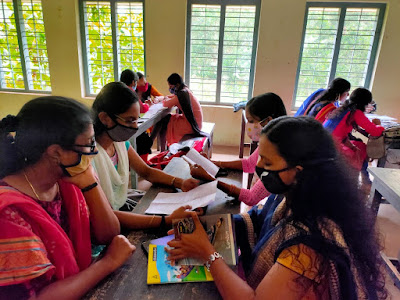Eterna scientificfastis
Every day is an important day in our life . Some of the days are special as it blends with it unforgettable past memories. A calendar is a system of organizing days. This is done by giving names to periods of time, typically days, weeks , months and years. A date is the designation of a single, specific day within such a system. A calendar is also a physical record (often paper) of such a system. A calendar can also mean a list of planned events.The primary practical use of a calendar is to identify days ;to be informed about or to agree on a future event to record an event that has happened . In schools calendar is to know specific events to students and teachers. This allows teachers to plan their classroom activities accordingly. Scientific calendars are designed to know the specific science related events to people especially for science students.
As a part of practicum of semester 2 B.Ed the students of department of natural science decided to create a scientific calendar. The department head Dr. Sivapriya K S divided 12 months to 12 students of the class. Each students prepared the list and history of scientifically important days of the months they are assigned and presented in their own creative and innovative way. After all we decided to collide all the months and create a scientific calendar which will be helpful for school students and students in science stream. But during this pandemic it is difficult to distribute the hard copy of this calendar schools and reach to students. Thus we planned to create it in the digital platform. With the help support of our teacher we created a digital scientific calendar. Gave the name
' Eterna scientificfastis' which means Eterna - everlasting , eternal scientificfastis - scientific calendar
As the instruction of the college Principal and the teaching faculties we decided to launch it on November 10 -International Science day as a part of celebration.
Our Scientific calendar was dedicated to ALL LOVELY LITTLE BUDS .....
SPECIAL THANKS TO
Dr. Sivapriya K S and TEAM
Department of Natural Science
















